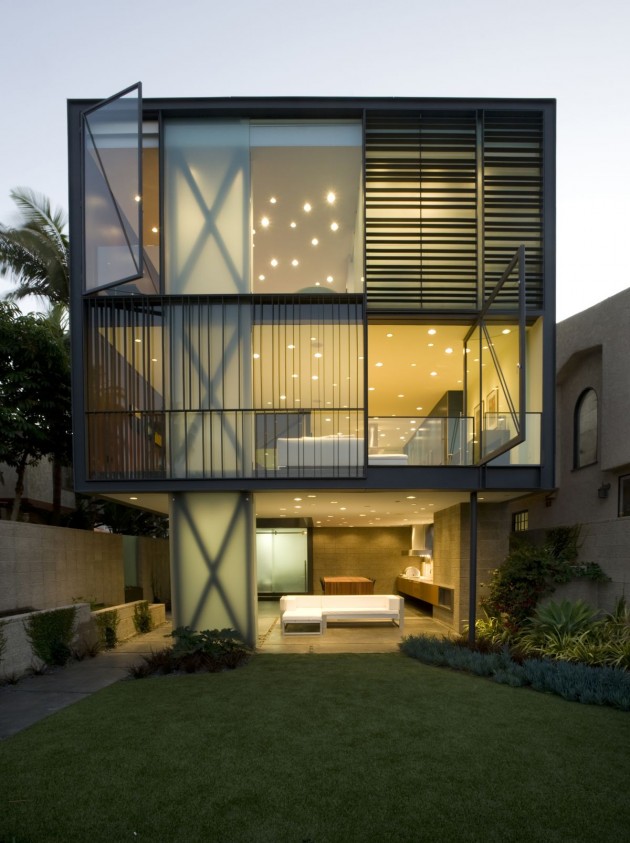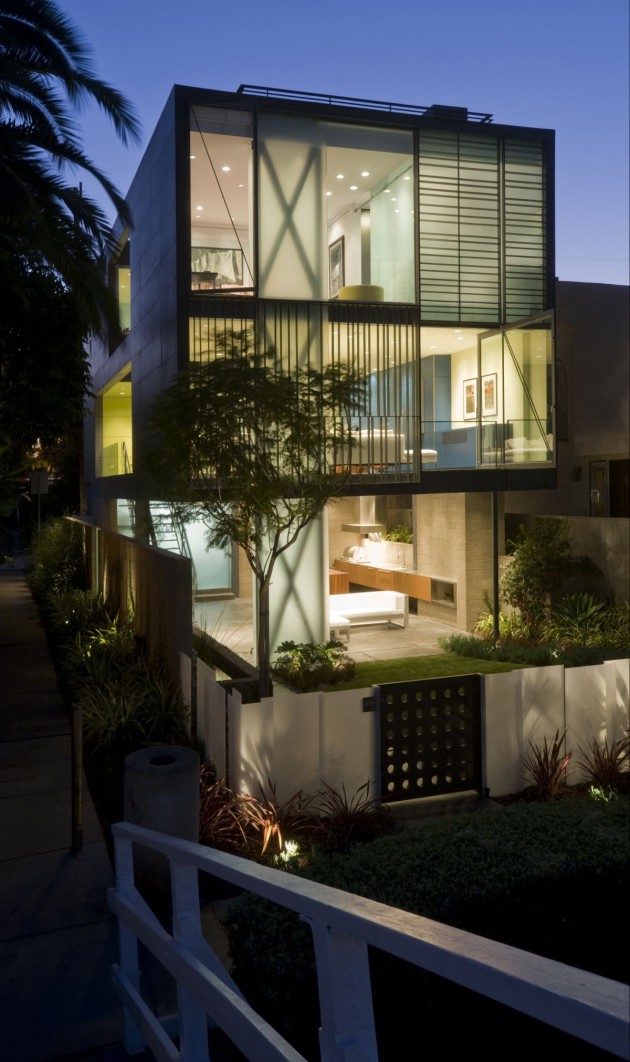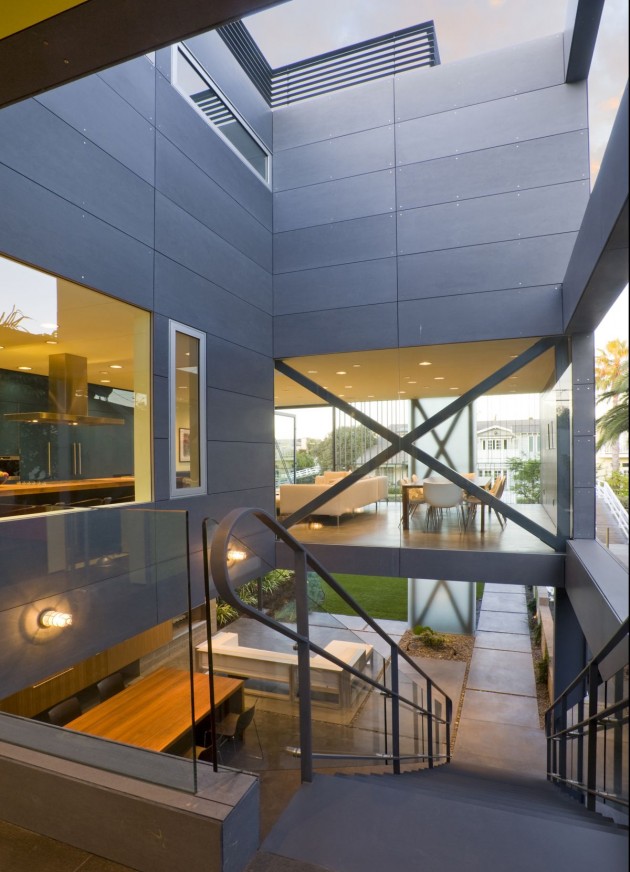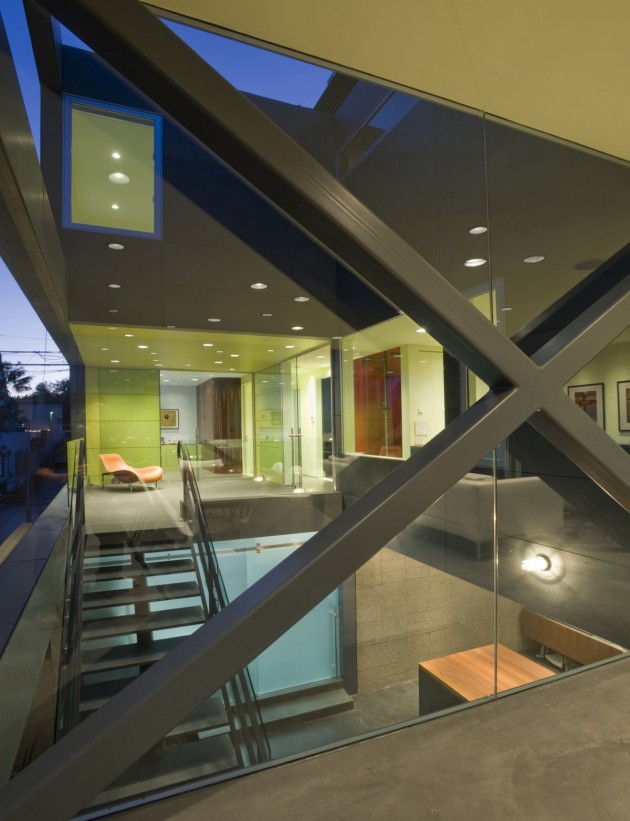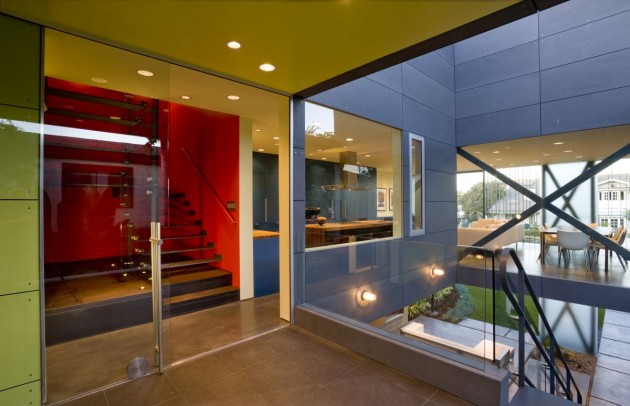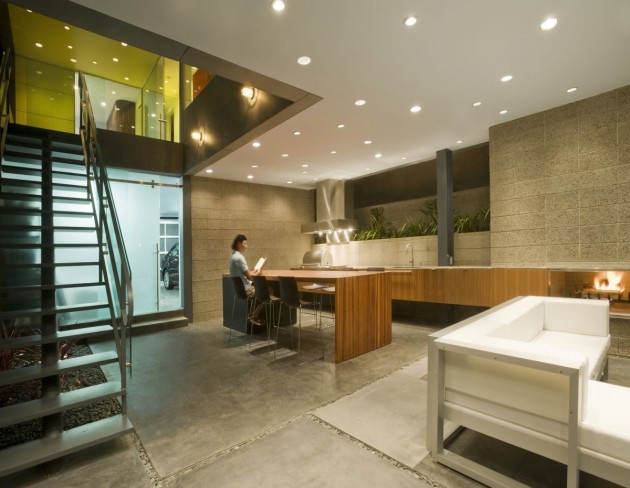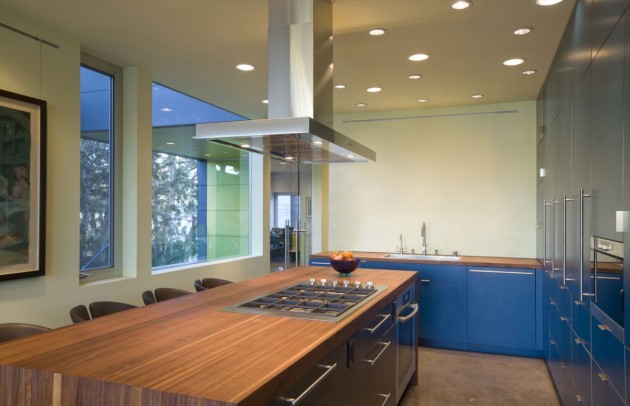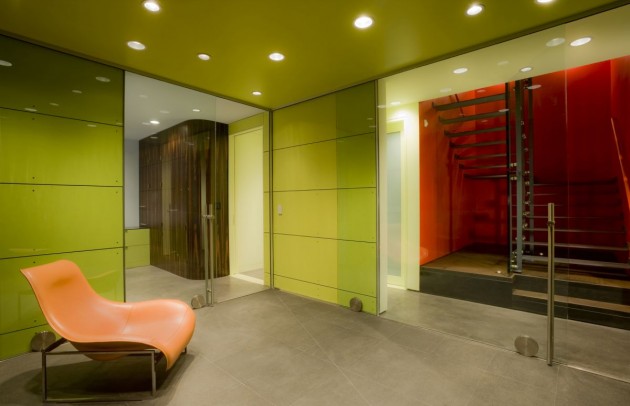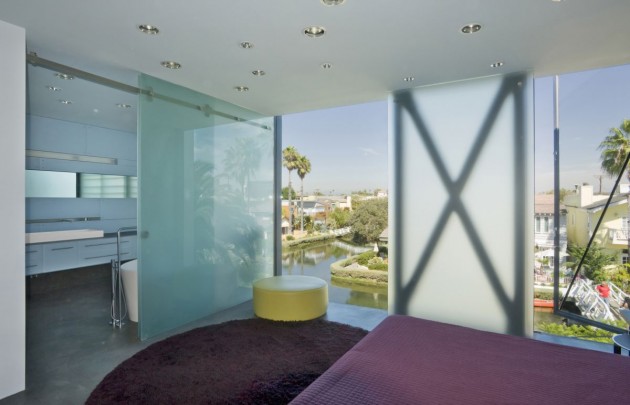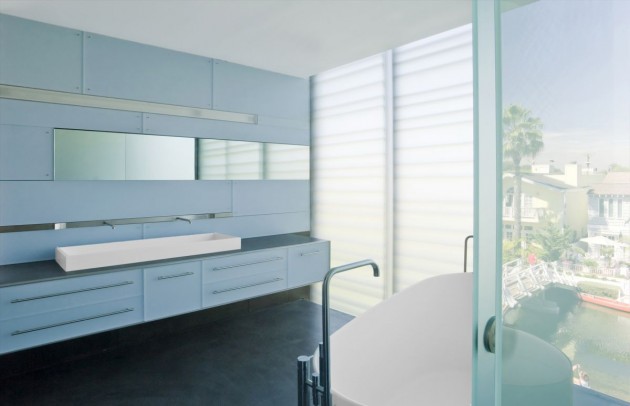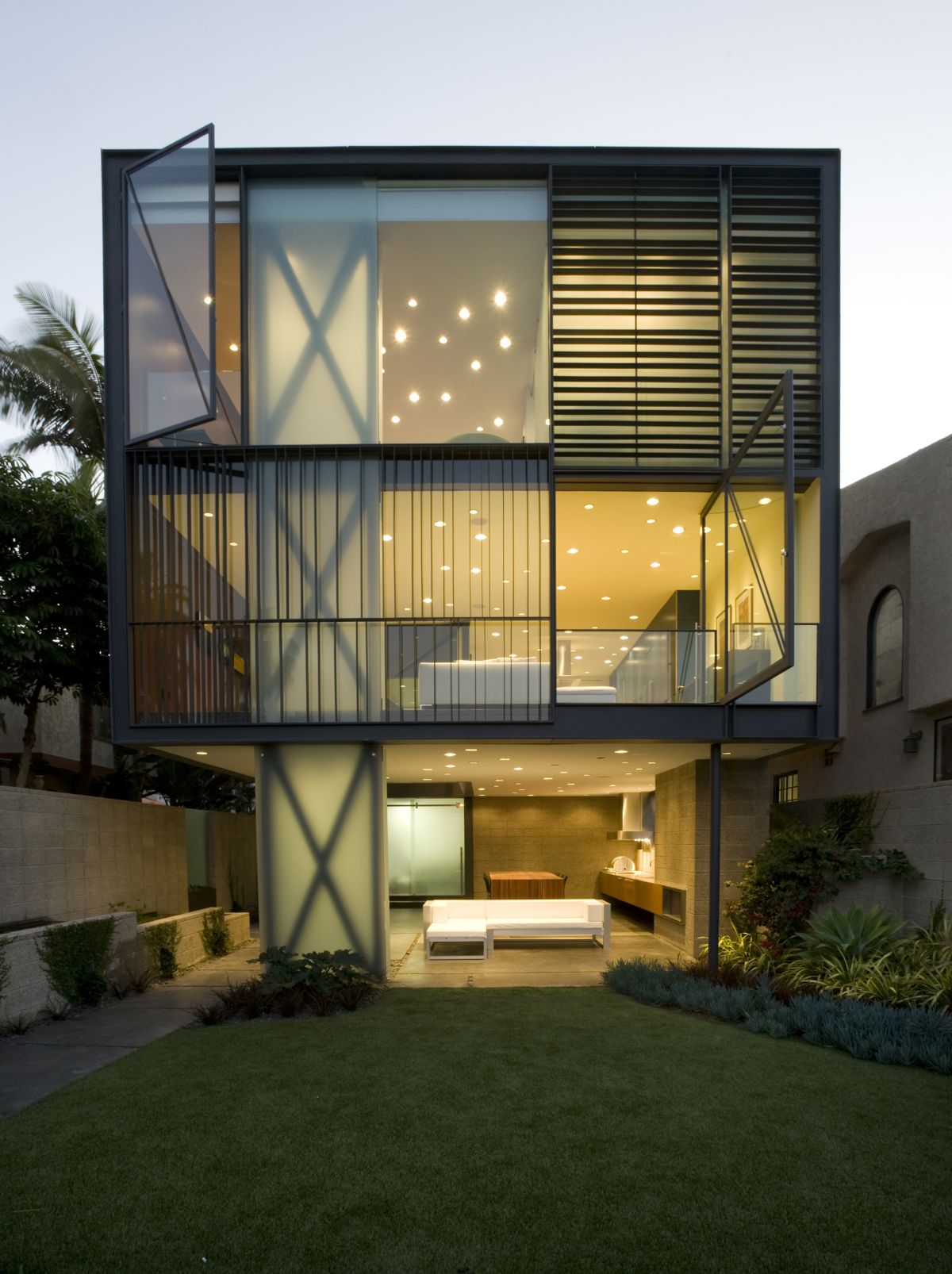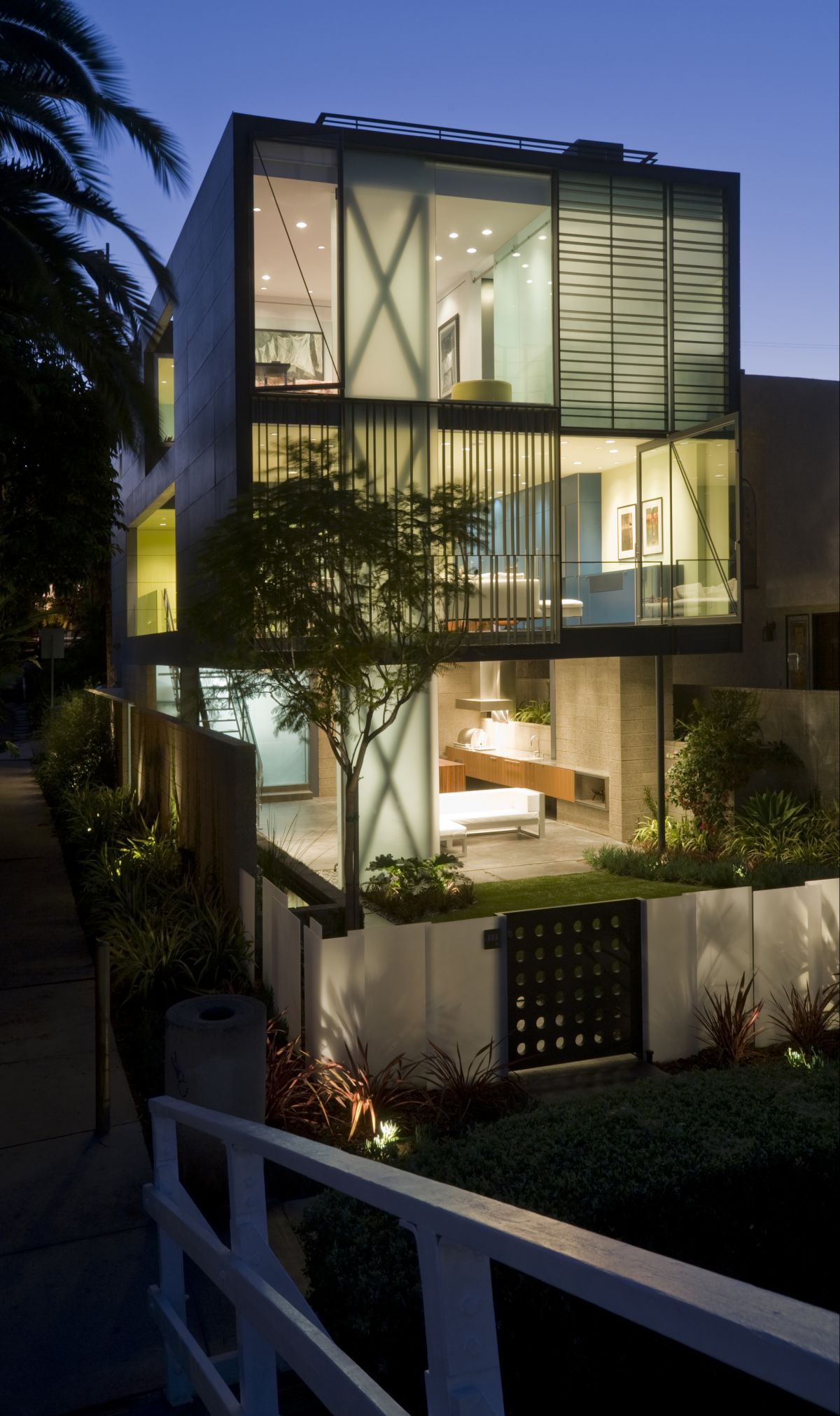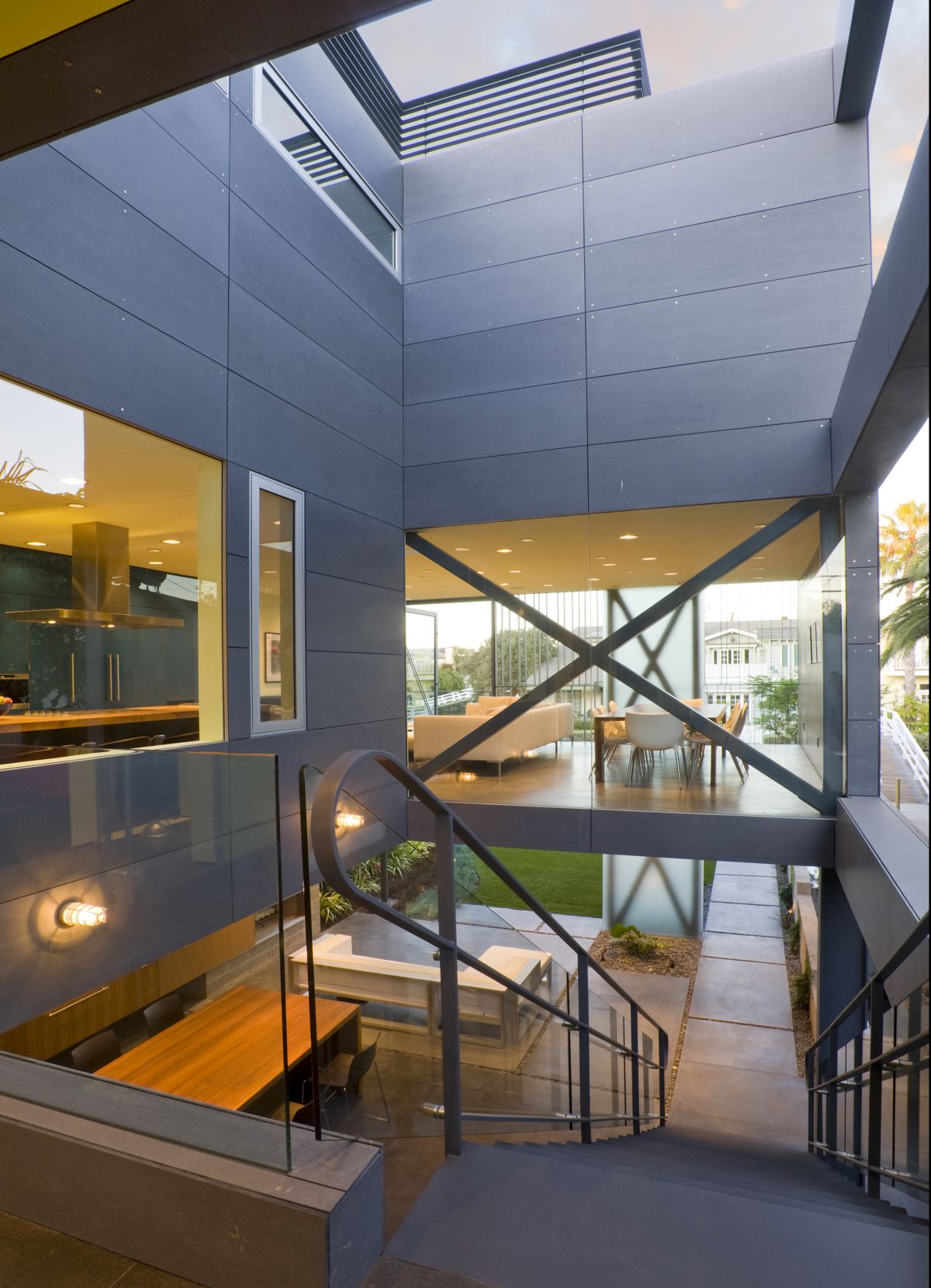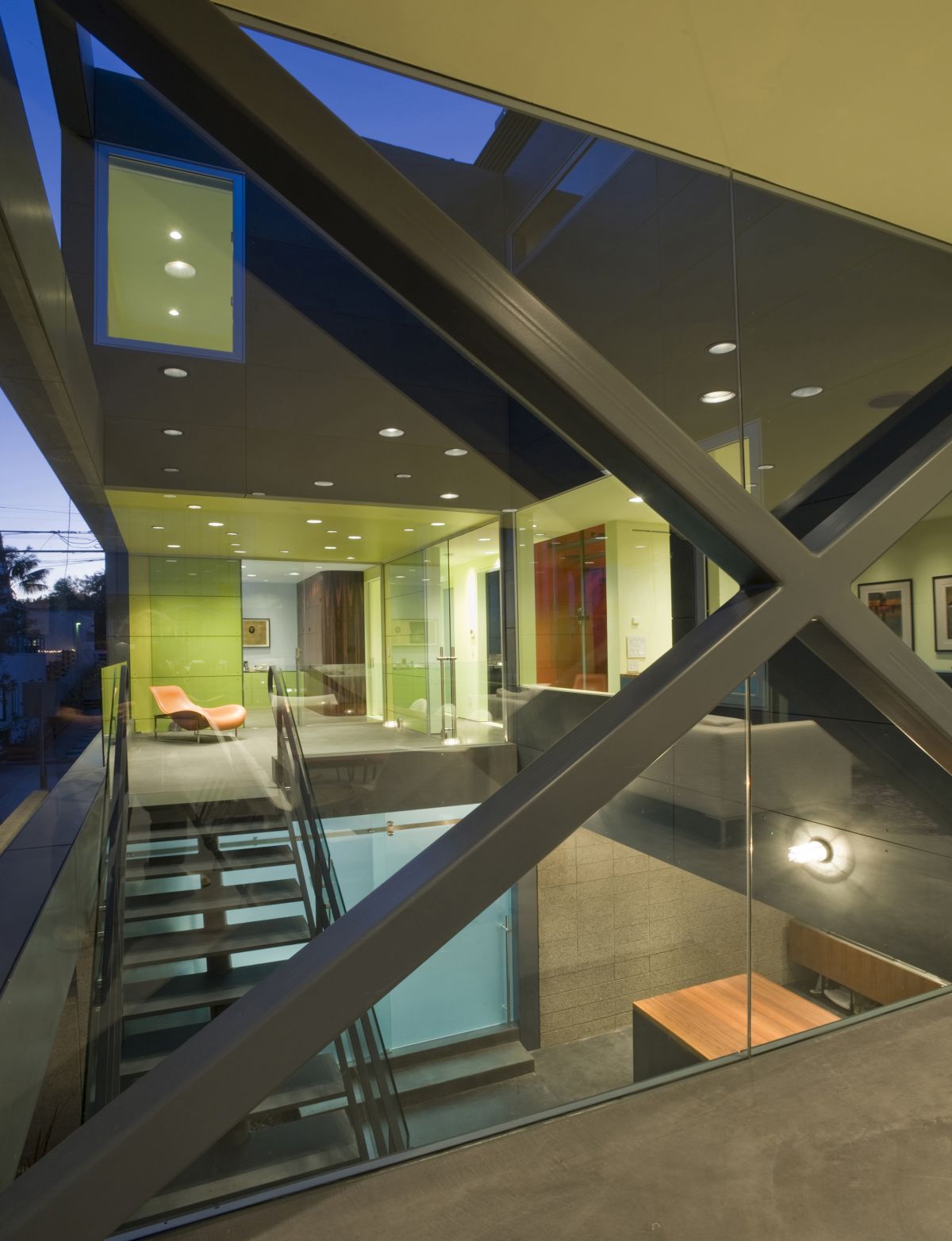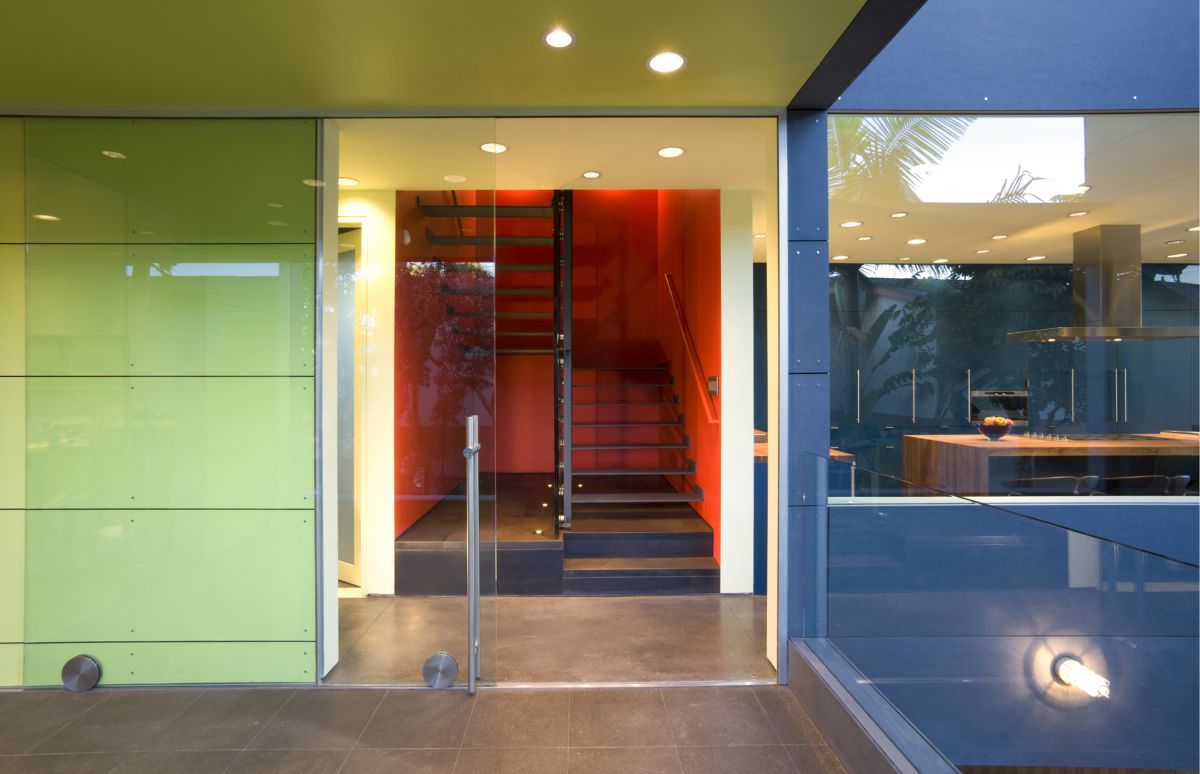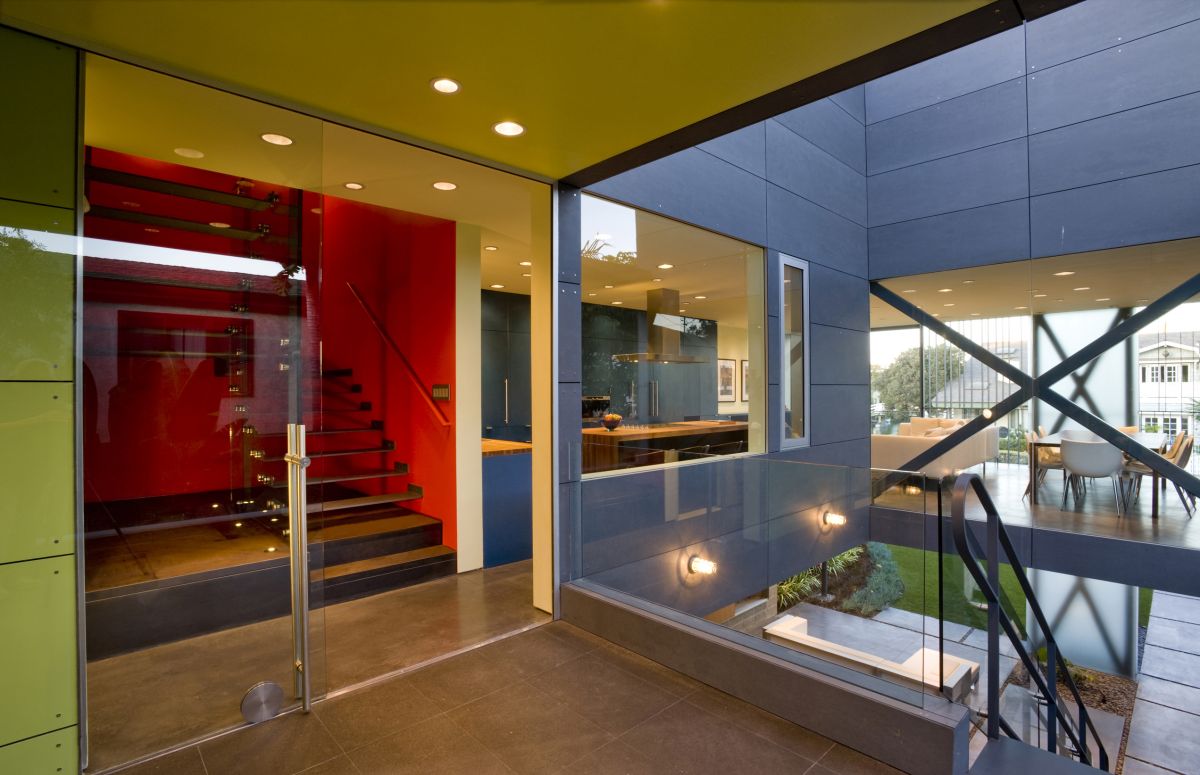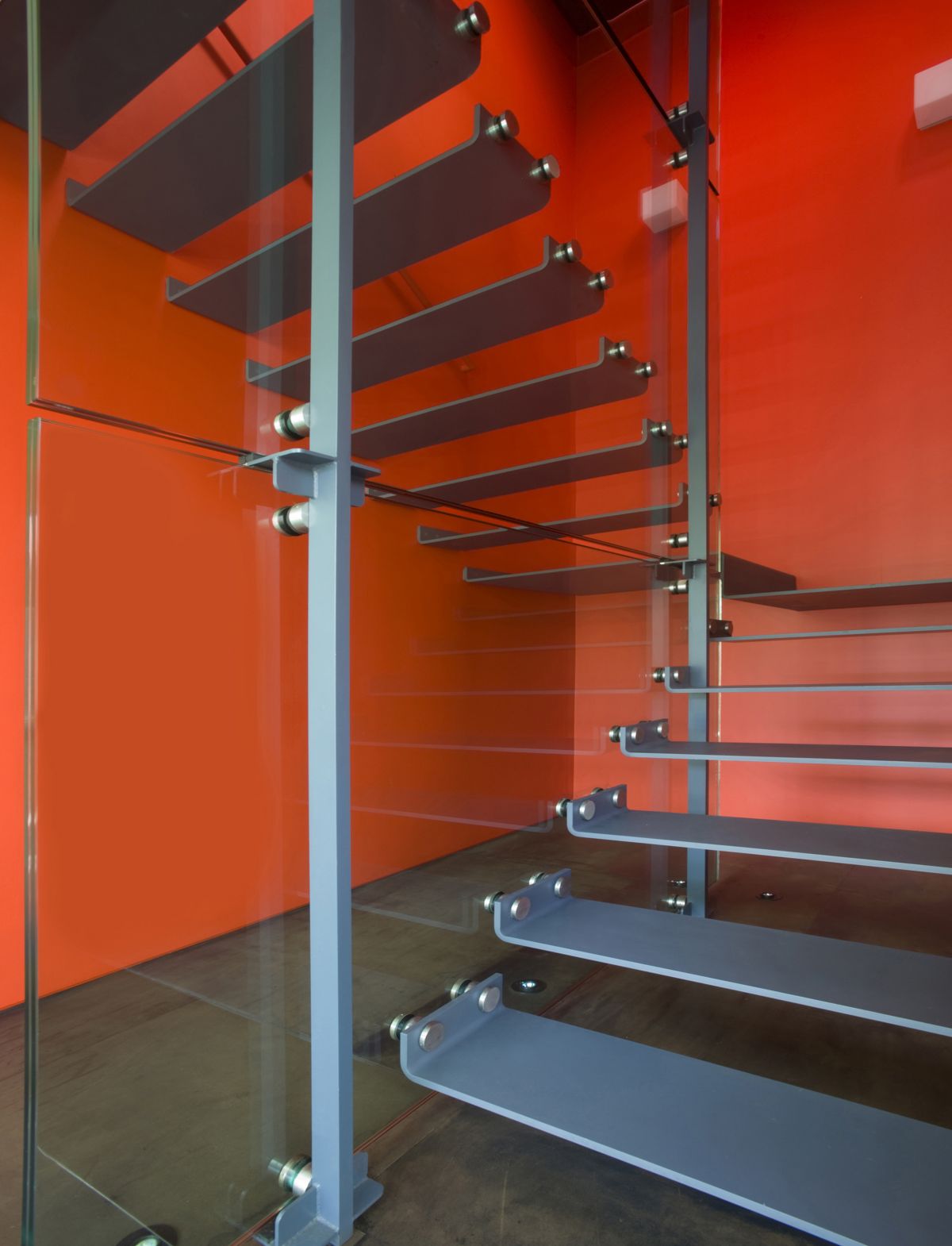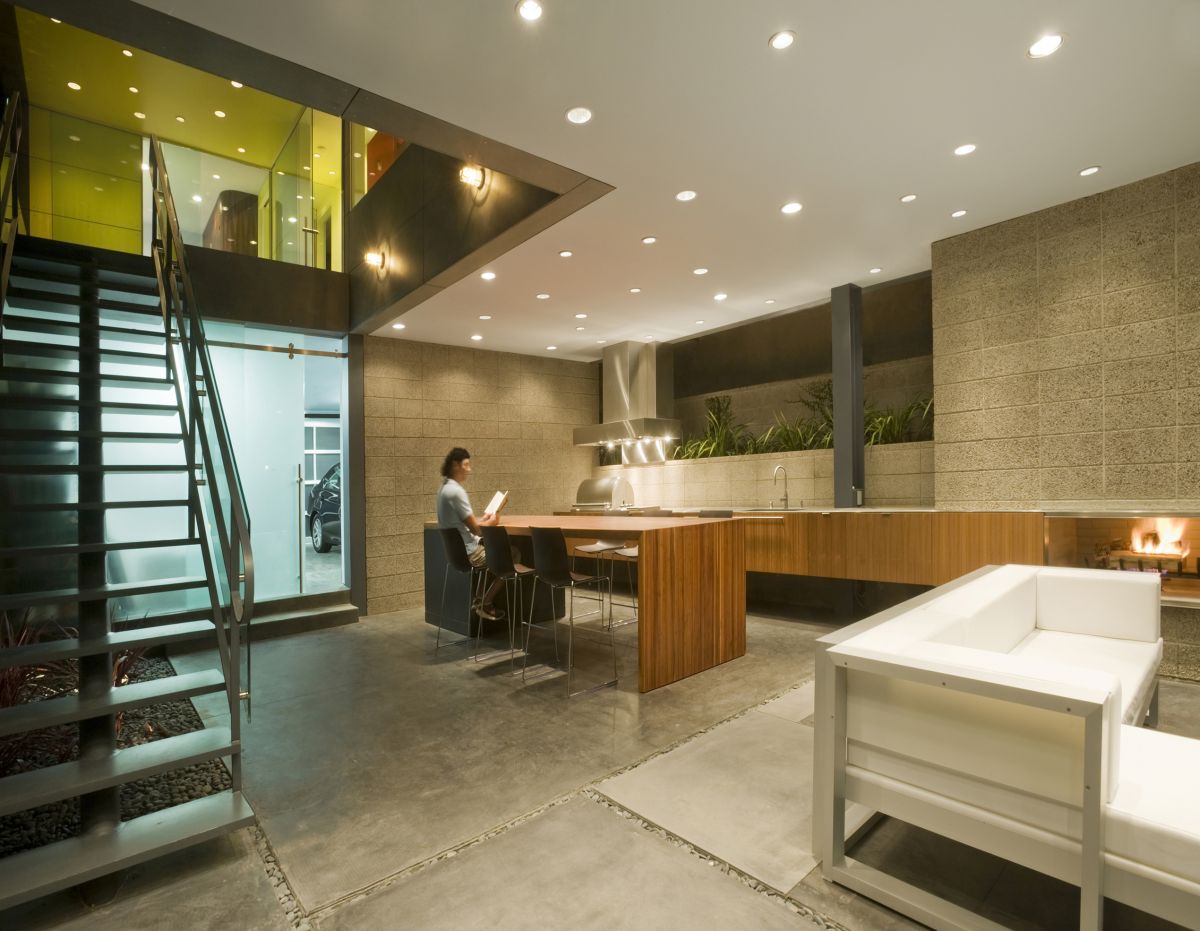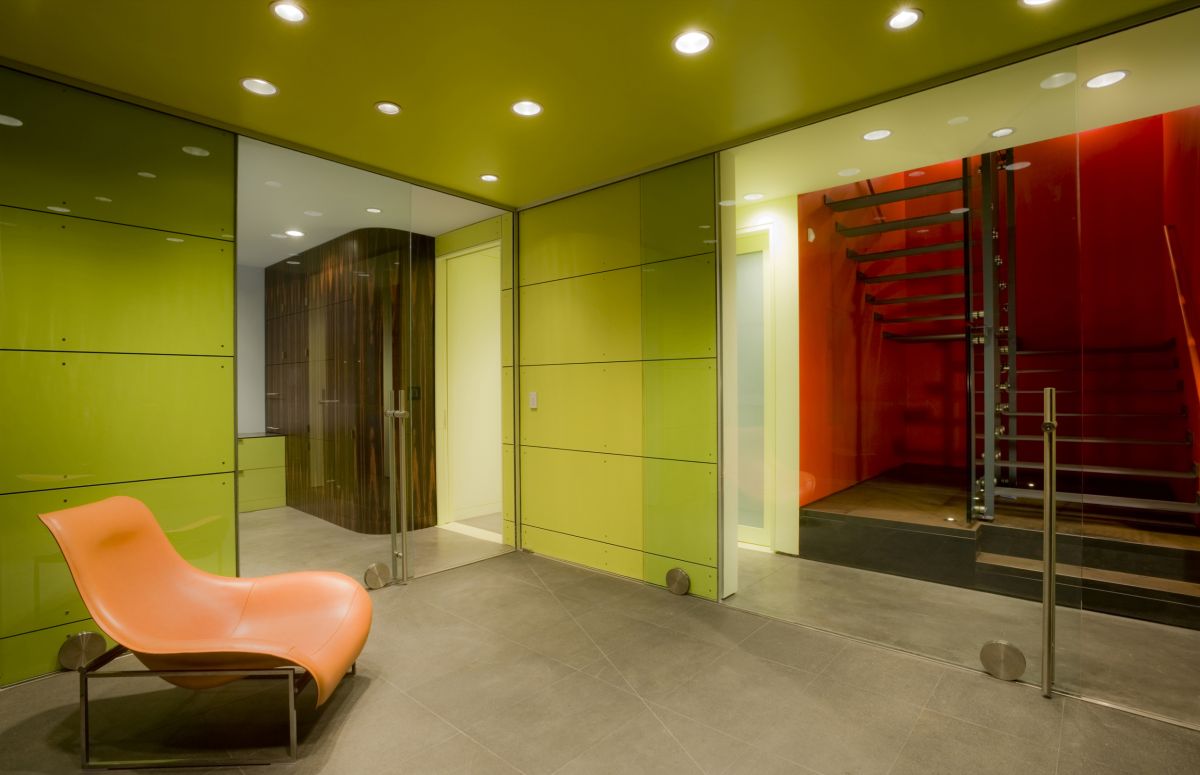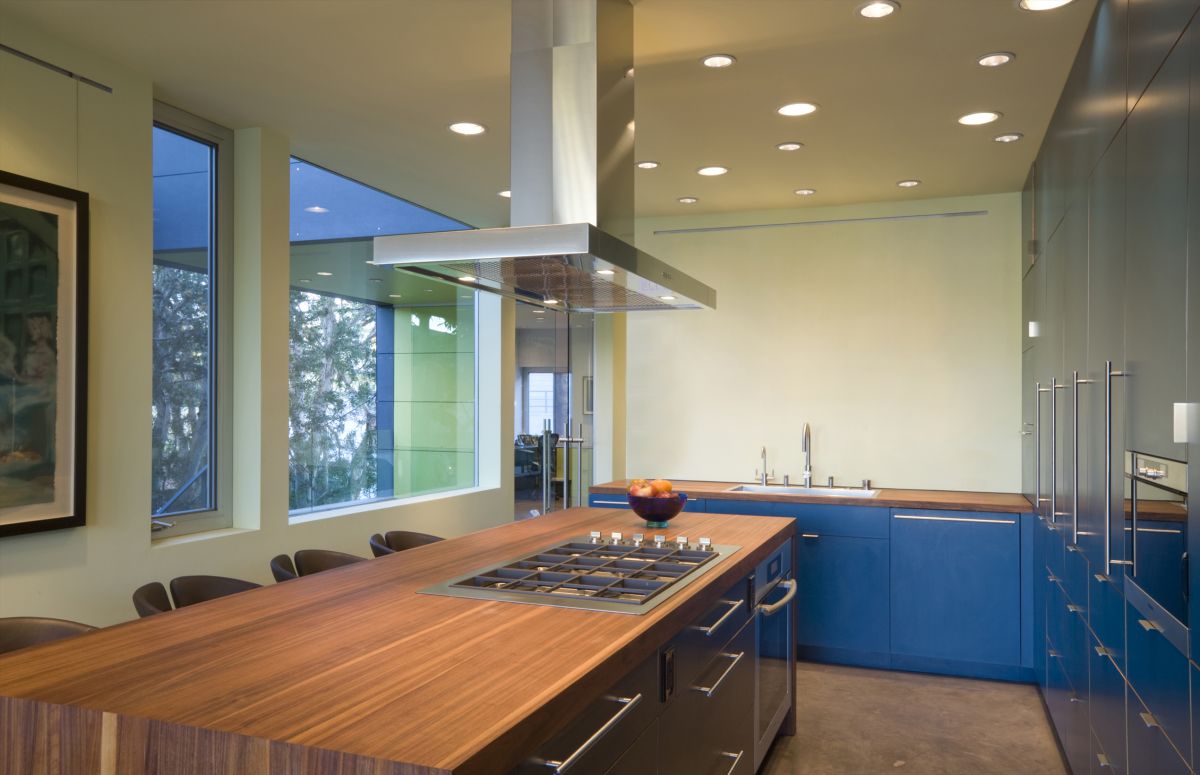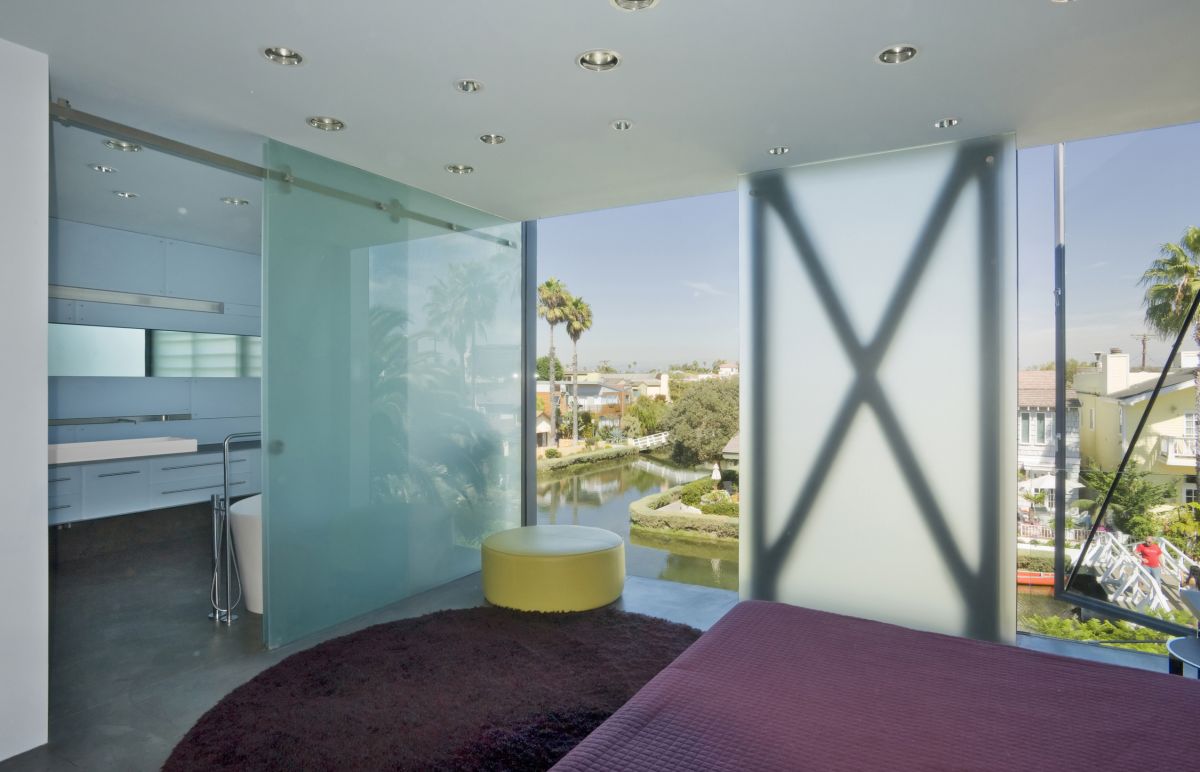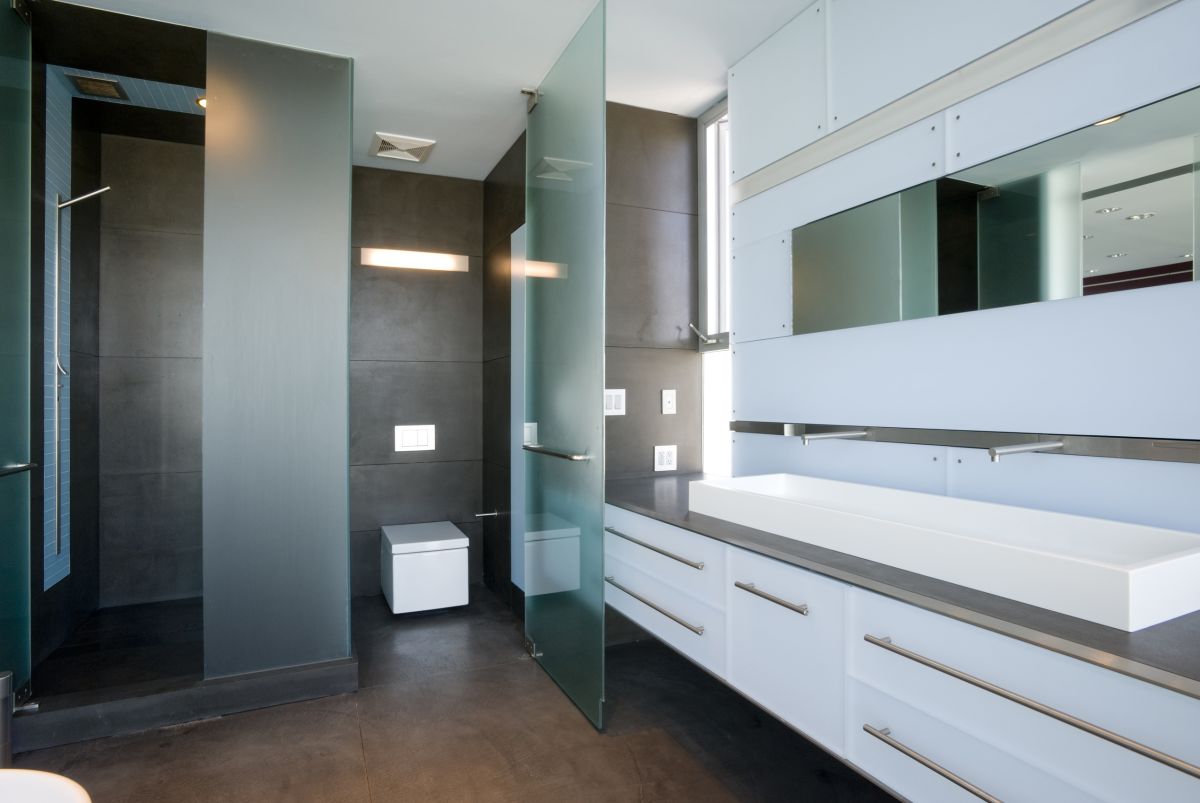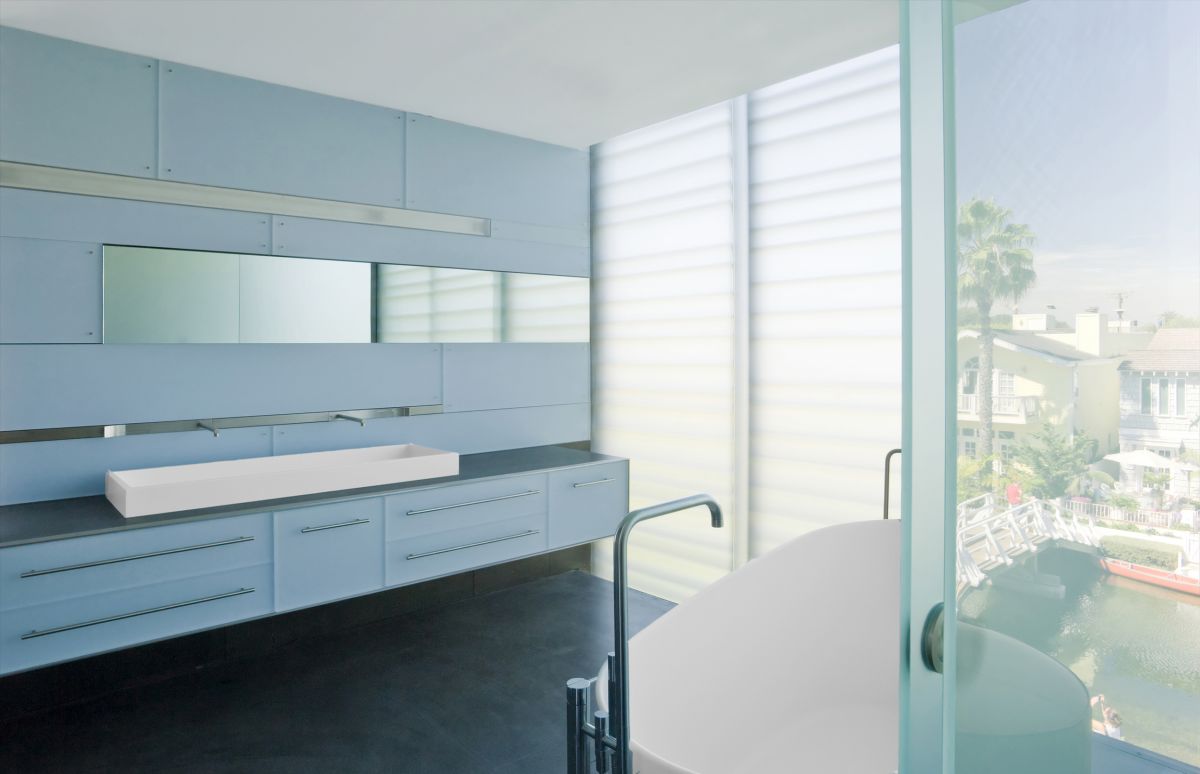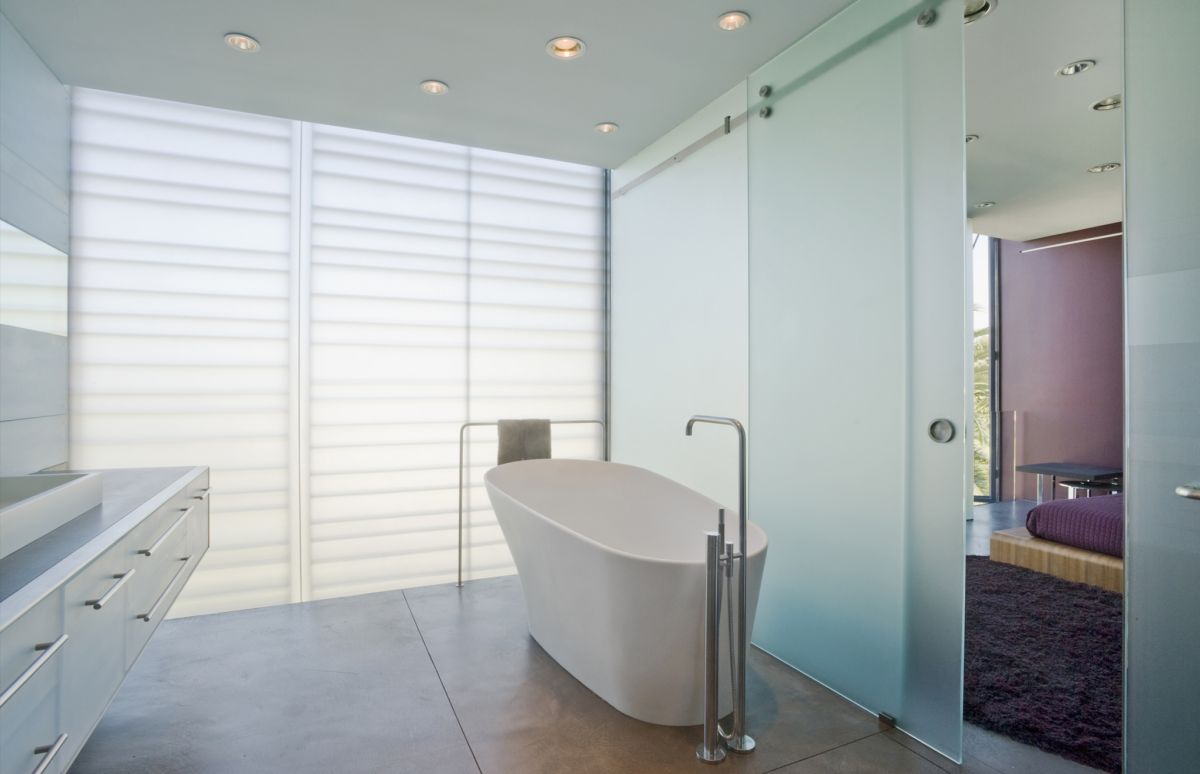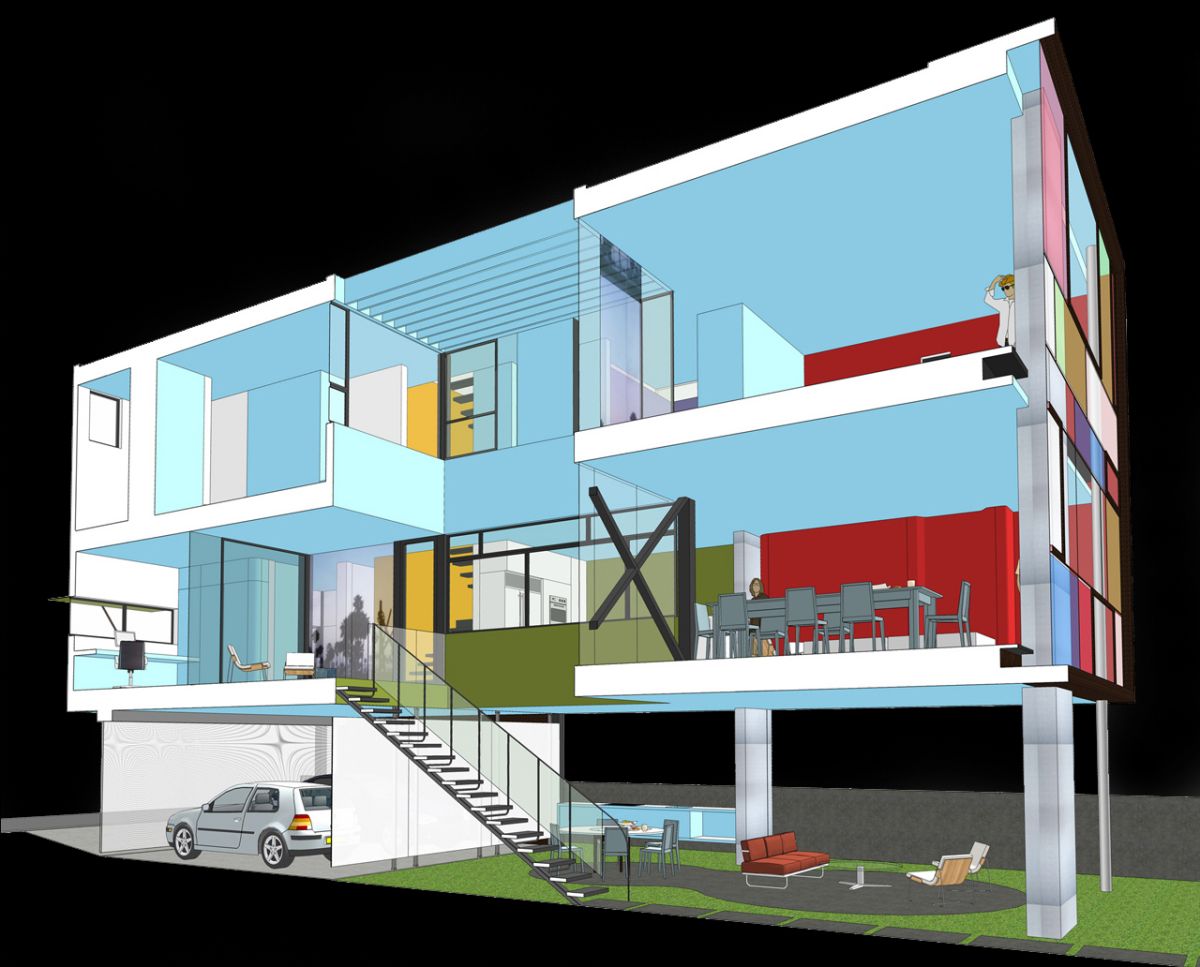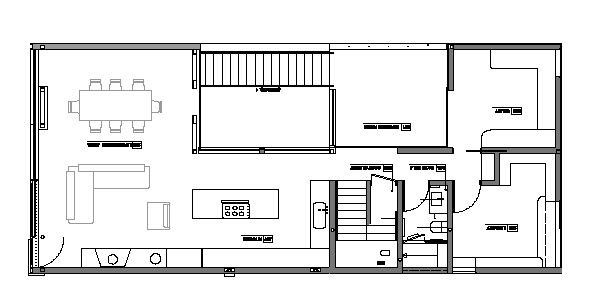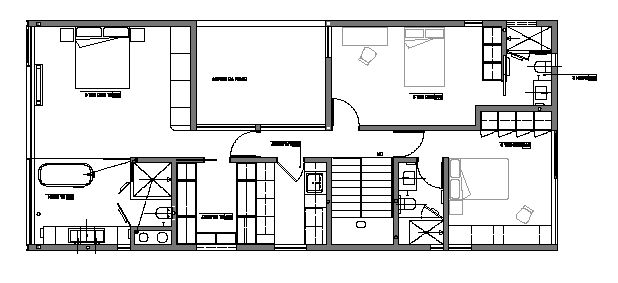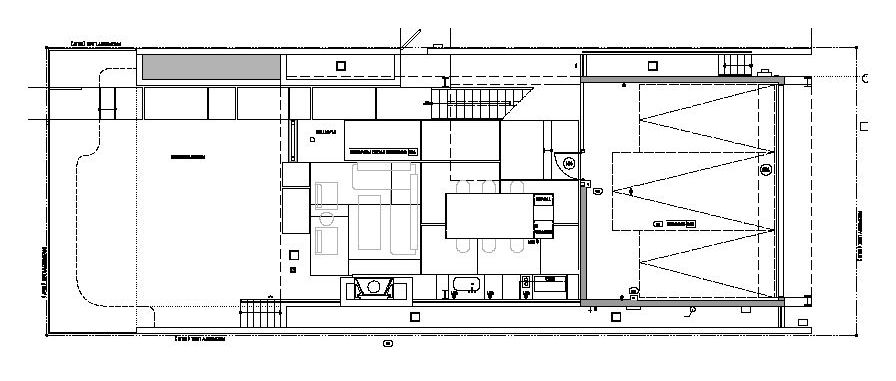Glen Irani Architects have designed the Hover House, located on the Venice Canals of Los Angeles, California.
Description from the architects
Situated on the Venice Canals of Los Angeles, California, Hover House 3 represents the third in the architects’ Hover House series. This series focuses on maximizing outdoor living on small lots by ‘hovering’ the building envelope above the grade level in order to create space for outdoor living environments. This series proposes that interior living space be reduced in favor of less resource-intensive outdoor living amenities. As material and labor costs increase in the coming decades, increasing outdoor functionality while decreasing indoor area in temperate climate zones is one solution to the rising cost and over-consumption of building resources.
While this 3-bedroom, 2-office, 2500 SF house already represents a substantial reduction in indoor floor area (about 25% from the norm), the inhabitants of this and two other Hover Houses (including the architect’s own house) enable us to study the effectiveness of this model and refine an approach to suit mainstream culture. Hover House 3 responds to the tight confines of it’s 32’,95’ lot on the Venice Canals with little pretense as a simple box elevated over the landscape that is fully programmed to facilitate all the functions of a living room, dining room and kitchen. The interior program for the same functions (which the client unfortunately could not be convinced to substantially forego) was reduced in floor area by over 50%.
The hope is that the Hover House concept takes root in the community as a practical model for exchanging built volumes with exterior living equivalents. Ultimately, the homeowners will dictate if the Hover House model can actually exclude the interior community areas to some degree, thus saving cost, resources and reducing the carbon footprint.
Sustainability Design:
Hover House 3 utilizes numerous sustainability-improved technologies. Embodied energy analysis on major systems resulted in the use of exterior man-made slate panels, exposed concrete walls and radiant hydronic heating and many of the finishes. Natural ventilation is carefully devised with proper window placements and a wind tower that extend 9’ above the roof (the max allowed by code) in order to eliminate air conditioning. Roof-mounted photovoltaic panels offset 80% of power demands. With the exception of interior wall paint, all interior finishes are devised to last indefinitely so that future emissions from finish replacements are minimized or eliminated.Other sustainability studies aimed specifically at reducing field application air and noise pollution, a little-recognized issue within the sustainability equation. The use of tar-free, cold-applied roofing and the panelized exterior which together eliminate significant amounts of field-construction noise, VOC and CO emissions.
Architect: Glen Irani Architects
